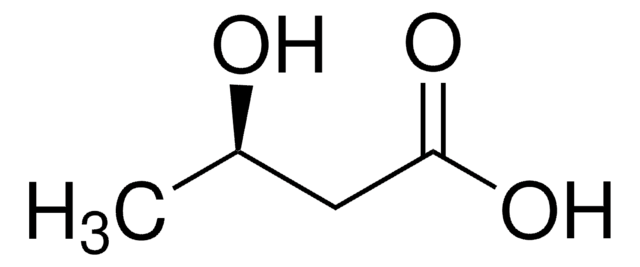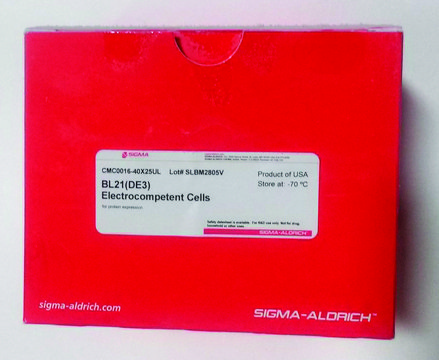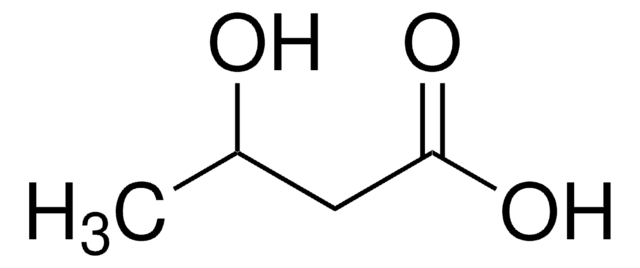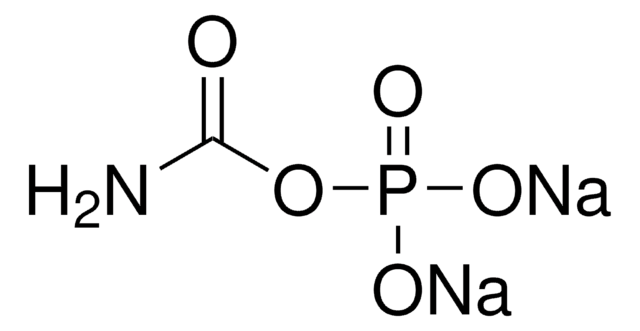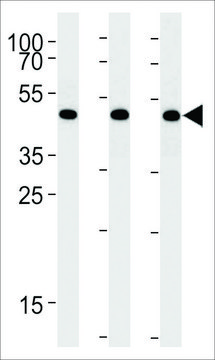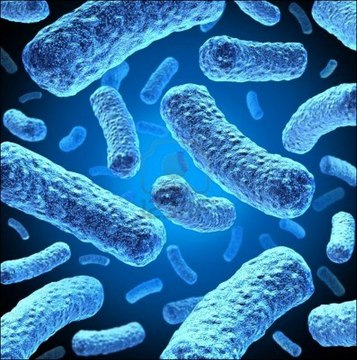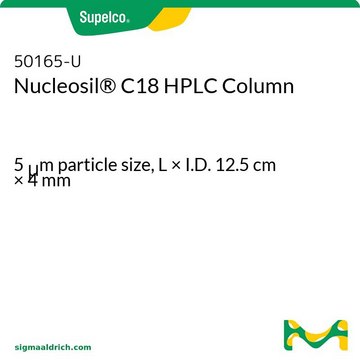推荐产品
生物来源
chicken
质量水平
偶联物
unconjugated
抗体形式
affinity isolated antibody
抗体产品类型
primary antibodies
克隆
polyclonal
表单
buffered aqueous solution
制造商/商品名称
Genway 15-288-10817F
技术
western blot: suitable
NCBI登记号
UniProt登记号
运输
wet ice
储存温度
−20°C
靶向翻译后修饰
unmodified
基因信息
human ... tat(155871)
应用
Anti-TAT antibody produced in chicken is suitable for western blotting at a working dilution of 1:500 and for cell staining at a working dilution of 1:200.
生化/生理作用
TAT (Transactivating regulatory protein) is a trans-activator of human immunodeficiency virus-1 (HIV-1) gene expression and is important for virus replication. It binds to the bulge loop RNA element called TAR, but can also associate with cellular transcription factors. Cyclin T binds with TAT and thereby enhances the affinity of TAT-TAR RNA interaction. Protein arginine methyltransferase-6 (PRMT6) is responsible for methylation of TAT and negatively affects the association between TAT and cyclin T. TAT is involved in the activation of nuclear factor κB (NFκB), a master regulator of pro-inflammatory genes. TAT binds with α5β1 and αvβ3 integrins, and causes vascular cell migration and invasion. At the neural plasma membrane, TAT induces formation of a complex involving the low-density lipoprotein receptor-related protein (LRP), postsynaptic density protein-95 (PSD-95), N-methyl-d-aspartic acid (NMDA) receptors and neuronal nitric oxide synthase (nNOS). This complex is responsible for apoptosis in neurons and astrocytes, causing neurologic dysfunction in AIDS patients.
外形
Solution in phosphate buffered saline containing 0.02% sodium azide.
免责声明
Unless otherwise stated in our catalog or other company documentation accompanying the product(s), our products are intended for research use only and are not to be used for any other purpose, which includes but is not limited to, unauthorized commercial uses, in vitro diagnostic uses, ex vivo or in vivo therapeutic uses or any type of consumption or application to humans or animals.
未找到合适的产品?
试试我们的产品选型工具.
储存分类代码
10 - Combustible liquids
WGK
WGK 1
闪点(°F)
Not applicable
闪点(°C)
Not applicable
个人防护装备
Eyeshields, Gloves, multi-purpose combination respirator cartridge (US)
法规信息
新产品
R A Marciniak et al.
The EMBO journal, 10(13), 4189-4196 (1991-12-01)
The Tat protein of HIV-1 trans-activates transcription in vitro in a cell-free extract of HeLa nuclei. Quantitative analysis of the efficiency of elongation revealed that a majority of the elongation complexes generated by the HIV-1 promoter were not highly processive
G Barillari et al.
Blood, 94(2), 663-672 (1999-07-09)
The Tat protein of human immunodeficiency virus type-1 (HIV-1) has been shown to be released during acute infection of T cells by HIV-1 and to promote angiogenesis and Kaposi's sarcoma (KS) development in infected individuals. In this study, we investigated
Eliseo A Eugenin et al.
Proceedings of the National Academy of Sciences of the United States of America, 104(9), 3438-3443 (2007-03-16)
HIV infection of the central nervous system can result in neurologic dysfunction with devastating consequences in AIDS patients. NeuroAIDS is characterized by neuronal injury and loss, yet there is no evidence that HIV can infect neurons. Here we show that
Baode Xie et al.
Journal of virology, 81(8), 4226-4234 (2007-02-03)
Arginine methylation has been shown to regulate signal transduction, protein subcellular localization, gene transcription, and protein-protein interactions that ultimately alter gene expression. Although the role of cellular protein arginine methyltransferases (PRMT) in viral gene expression is largely unknown, we recently
Giuseppe Fiume et al.
Nucleic acids research, 40(8), 3548-3562 (2011-12-22)
Nuclear factor (NF)-κB is a master regulator of pro-inflammatory genes and is upregulated in human immunodeficiency virus 1 (HIV-1) infection. Mechanisms underlying the NF-κB deregulation by HIV-1 are relevant for immune dysfunction in AIDS. We report that in single round
我们的科学家团队拥有各种研究领域经验,包括生命科学、材料科学、化学合成、色谱、分析及许多其他领域.
联系技术服务部门